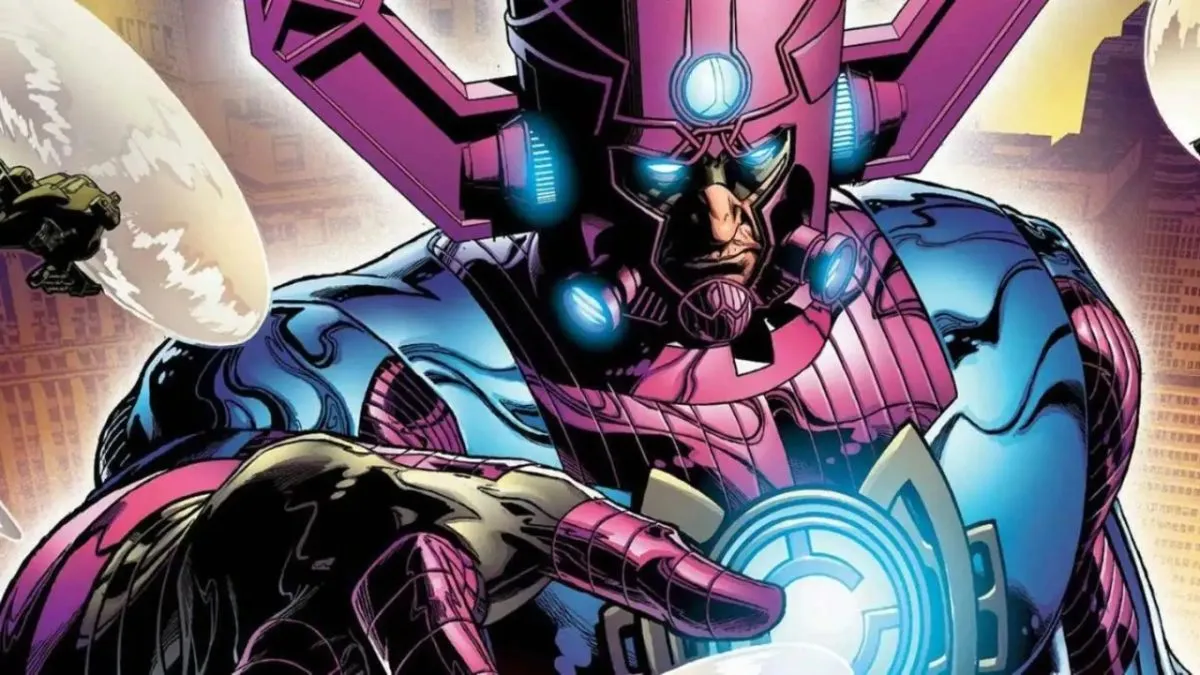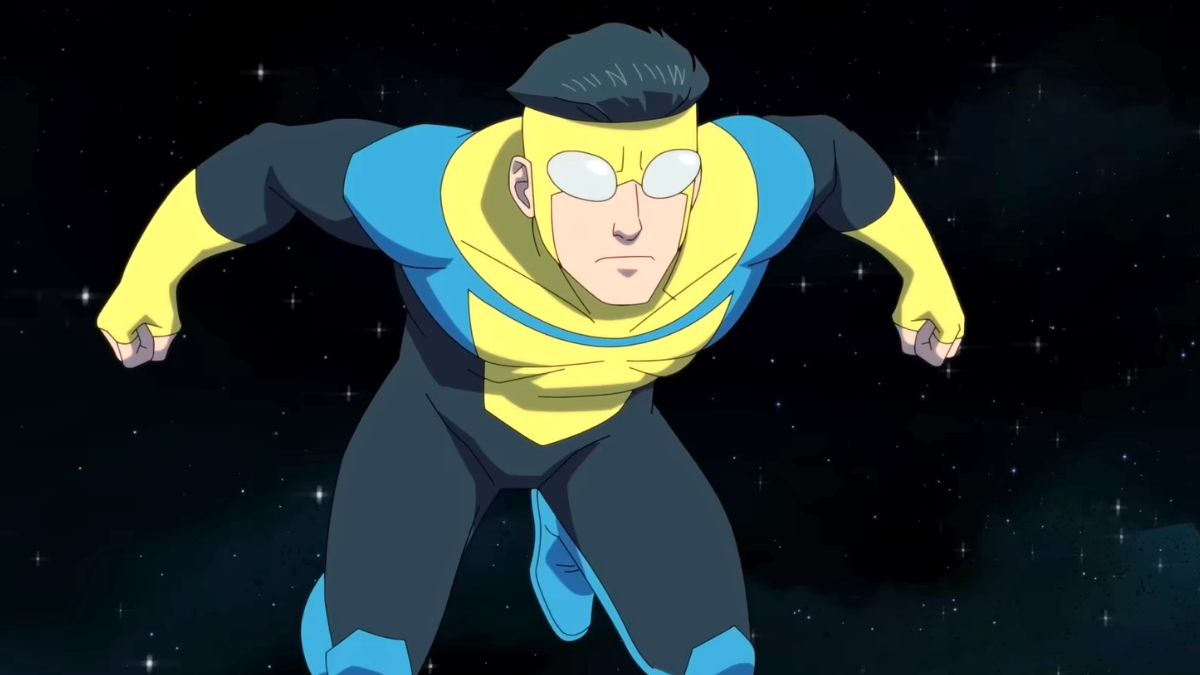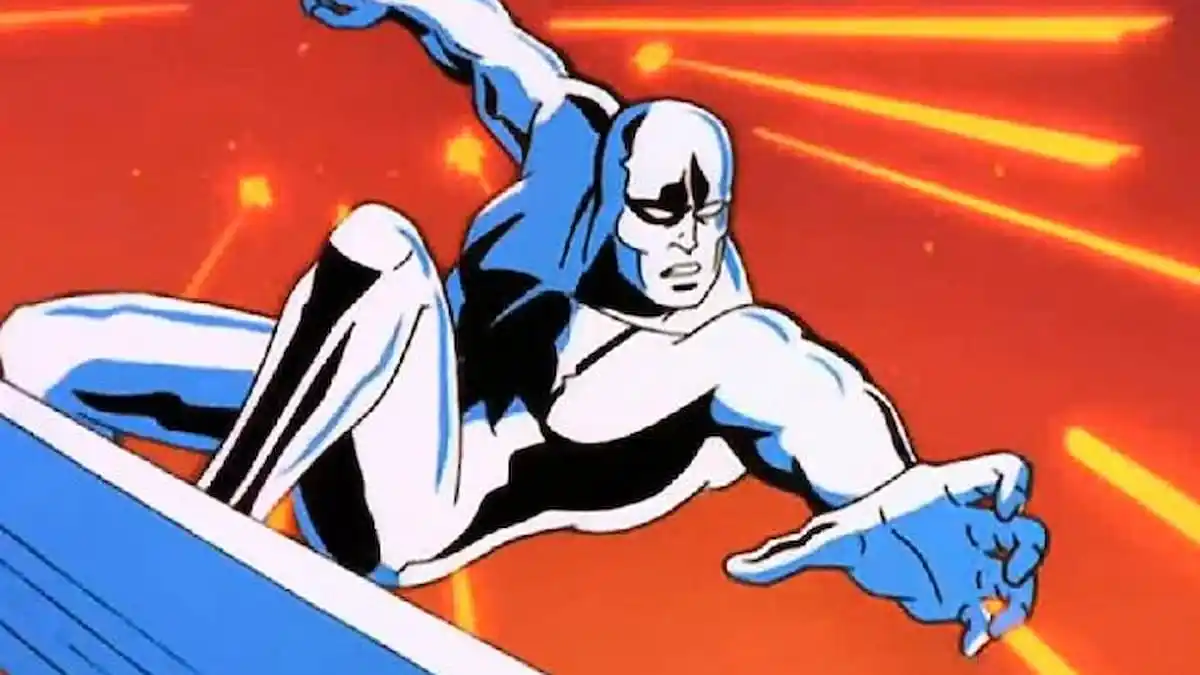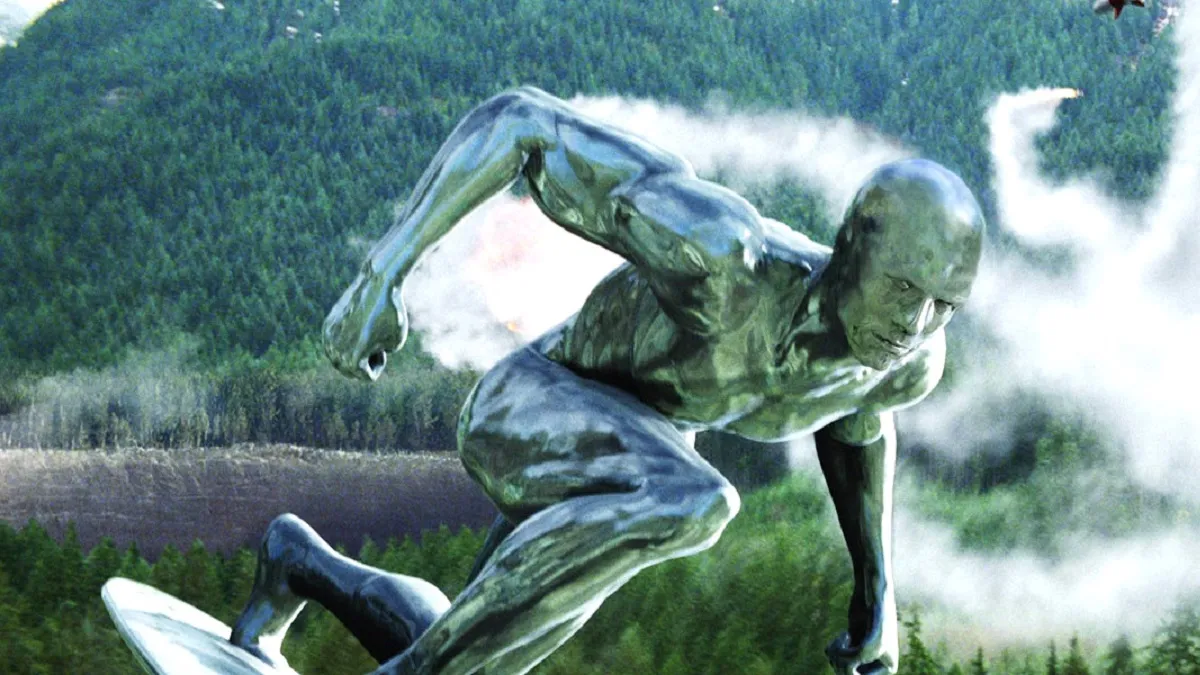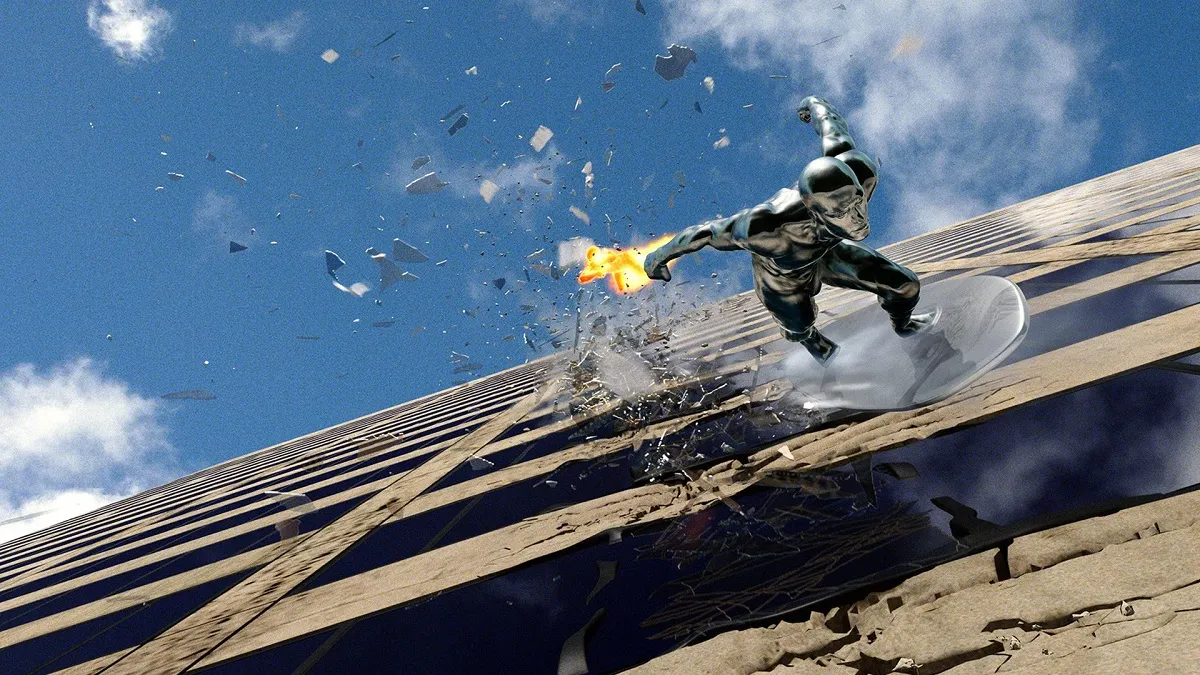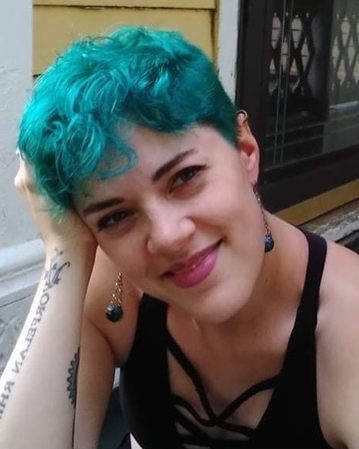There are, at minimum, five distinct villains appearing in the MCU’s Spider-Man: No Way Home.
Every big bad revealed thus far has already appeared in at least one previous Spider-Man title, from Sam Raimi’s early 2000s Spider-Man trilogy to the pair of Amazing Spider-Man films from the early 2010s. Keeping track of each separate villain⏤some of whom haven’t appeared on-screen in almost 20 years⏤can be a real challenge, particularly for those who don’t have the range of streaming subscriptions necessary to rewatch every relevant Spidey title.
Never fear, Spidey fans! We’ve got you covered with a thorough breakdown of each villain set to appear in No Way Home, including how they were initially introduced into their respective franchise, their power portfolio, and what their status was the last time they appeared in a Spider-Man film.
1. Green Goblin

Perhaps the most recognizable of all the villains arranged here, Green Goblin is one of Spider-Man’s most iconic villains. The version of this popular character that will appear in No Way Home first debuted in Sam Raimi’s original Spider-Man movie, which was released all the way back in 2002. Willem Dafoe will return to a role he was practically born to play, thanks to his uniquely wonderful weirdness, which perfectly coalesces in the form of one Norman Osborn.
Introduction
Dafoe’s Osborn was introduced early in Raimi’s first Spider-Man release. He is presented, in the film, as Harry’s distant and disappointed father, who takes an immediate interest in Peter thanks to his background in science. In hopes of preventing his company from being sold by its board of investors, Osborn becomes fixated on a risky project that can enhance human performance. This project, which involves inhaling vapors that can increase strength and awareness, becomes the single buoy keeping his company afloat.
Faced with failure after his request to begin human trials is denied, Osborn makes the decision to submit himself to the experiment. He straps himself into a machine and, upon exposure to the vapors, is transformed into the Green Goblin. His strength is increased immensely, but he also begins to lose his grip on reality. As the madness gradually overwhelms him, Osborn becomes more unpredictable and violent, gradually picking off everyone who stands in the way of his goals.
Power Profile
The Green Goblin’s abilities in battle rely heavily on his glider, which comes equipped with rocket launchers, guns, and all kinds of other brilliantly violent enhancements. It is incredibly maneuverable and gives its user the power of flight along with a remote control included in the left arm brace. Attachments on the glider include heat seeking missiles, smart missiles, retractable blades, machine guns, and a flamethrower.
The Goblin has a few enhancements even without the glider, including some classic super strength and super speed. He also boasts superhuman reflexes, endurance, and an increased healing rate. His intelligence was also vastly increased by the serum but comes at the price of the once-brilliant man’s sanity.
Dafoe’s Goblin also makes use of hand grenades, knock-out gas, and some special-edition grenades that splinter into Batarang-like projectiles.
Last seen

The last time Dafoe’s Green Goblin was seen alive was near the conclusion of 2002’s Spider-Man. He does reappear as a manifestation of Harry’s encroaching madness in Spider-Man 3, but is little more than a shadow of his original character.
In the final fight between Green Goblin and Spider-Man, the hero and villain duke it out among the crumbling pillars and toppled walls of a dilapidated building that somehow exists, away from prying eyes, in the middle of bustling New York City. After tossing Spidey through a few walls and hurling a grenade at his face, Goblin looks like he’s won the battle. When the tides predictably turn in the webslinger’s favor, Osborn reveals himself and pleads with Peter to spare his life. He blames the serum, and the madness he attributes to it, for all of the horrible deeds he’s committed throughout the film.
The Green Goblin’s final act of violence follows Peter’s hesitation to accept him as a father figure. As he provides the distraction, Osborn uses his glider’s remote control to aim it at Peter’s back. When Peter successfully dodges the glider, however, it slams directly into Osborn’s torso, ending his reign of terror. He is confirmed dead in the film’s final moments, during which Peter, MJ, and Harry attend his funeral.
In an interview about what fans can expect from the returning villains, Dafoe noted that the Green Goblin “believes, in a world of losers and winners, power is all that matters.” He has made the vendetta between himself and Spider-Man highly personal, according to the interview, and will enter the MCU looking for blood.
2. Doc Ock

When it comes to memorable movie villains, few characters can beat Doc Ock. The major villain in Raimi’s second Spider-Man flick, Doctor Otto Octavius was portrayed as a brilliant, ambitious scientist who more than earned Peter’s admiration. Alfred Molina, who portrayed the villain in the 2004 release, has been widely praised for his portrayal, which presents the character as a complex and nuanced villain who manages to hold onto a sliver of his morality despite ultimately losing his mind.
Introduction
The Doc Ock audiences will see on-screen in No Way Home first appeared in the early scenes of Spider-Man 2. He is presented as a caring and accomplished atomic physicist with the lofty goal of creating a new, fusion-based energy source. He aims to use another creation⏤four titanium-steel artificial limbs that resemble tentacles, attached to his spine⏤to manipulate the energy.
When the reaction goes wrong, the artificial limbs are permanently fused to Octavius’ body, and the inhibitor chip protecting his mind from their control is destroyed. This allows the super-smart limbs to begin exerting their control over Octavius, poisoning his mind and setting him on the path to villainy.
Power Profile
Doc Ock’s power portfolio is surprisingly robust, considering he started out as a slightly plump, affable scientist. Following his fusion with the artificial limbs, Octavius gains the ability to psychokinetically control the limbs individually, giving him far greater range and strength than his typical body⏤which is slightly past its prime⏤could allow.
Each arm is capable of lifting several tons and they are all highly maneuverable. This gives Doc Ock the ability to rely primarily on the limbs to move around, which makes him far faster and more agile than your typical man. It also allows him to climb buildings and stop cars, and Octavius’s high intelligence allows him to engage with multiple opponents⏤each dealing with a separate limb⏤in unison.
Last seen

The last viewers get to see of Octavius is him drifting toward the bottom of a deep body of water, surrounded by the remains of his brilliant creation. In the midst of his final fight with Spider-Man, Octavius accidentally electrocutes himself via one of his limbs. This momentarily frees him from their control, allowing him to see the potential destruction his experiment could cause. Coming back to himself as Octavius, rather than Doc Ock, the former scientist destroys the structure of his reactor and plunges it, along with himself, into the river. His final moments on screen see Octavius and his life’s work drifting into darkness, after which he is presumed dead.
There is no concrete confirmation that Octavius did indeed die like audiences got with Green Goblin, but his last scene is clearly intended to portray his final moments. This, combined with his lack of a return⏤or even a mention⏤in Spider-Man 3 indicates that the character is well and truly dead at the film’s conclusion.
17 years after appearing on screen as Doc Ock for the first time, Molina spoke of what fans can expect from his character in No Way Home. He indicated that the character “picks up where he left off.” He is searching for the same machine that he destroyed in Spider-Man 2‘s final moments and seeking “revenge” against Peter Parker for taking him down.
3. Sandman

One of the less-important villains in Raimi’s overstuffed final Spider-Man film, Sandman has a tendency to be overlooked among even loyal Spider-Man fans. In Spider-Man 3, Thomas Hayden Church gave the character a sense of tragic desperation, creating a sympathetic and complex character that unfortunately fell flat when paired with Tobey Maguire’s frenzied, weird take on Black Suit Spider-Man.
Introduction
Flint Marko, the man who would eventually become Sandman, is first seen in Spider-Man 3 running from police. Clambering over a fence to escape them, Marko finds himself tumbling into a particle test facility that is conveniently seconds away from initiating a trial. As police officers stand by in horror, the test commences and Marko is demolecularized and genetically blended with the sand already coating the facility. This gives him his powers and assists in his escape, as police assume him to be dead.
It is revealed, through several scenes between Marko and Peter, that Marko is a career criminal who was ultimately behind the death of Uncle Ben. His attempts to lead a regular life following Ben’s death fell short, forcing Marko back into the criminal world in order to earn enough money to afford his daughter’s medical treatment. He is largely presented as a down-on-his-luck father trying to right the wrongs of his past and do well by his daughter.
Power Profile
Sandman has one of the more diverse and impressive power portfolios of all of Spider-Man’s villains. His ability change his body stretches far past the abilities of heroes like Mr. Fantastic, allowing him to reshape, compact, harden, and even disperse his physical form. He can transform himself from a towering behemoth into a pile of sand in seconds.
Most blows have little to no effect on Sandman, as he can absorb their impact almost entirely. He can also reshape parts of his body into weapons, turning his hands and arms into hammers or maces to perform devastating moves. The more sand he absorbs, the larger his mass can become, giving Sandman the ability to grow to absolutely massive sizes. He can also transform into a sandstorm, giving him the ability to travel great distances with remarkable speed. Sandman’s biggest weakness seems to be his body’s reaction to water, which often immobilizes him.
Last seen

Sandman is one of the primary villains in Spider-Man 3, but only takes part in the first half of the film’s final battle. After providing Spidey with an extremely thorough beat-down, Sandman is unceremoniously taken out by a pair of rockets fired from Harry’s⏤aka Hobgoblin’s⏤altered Green Goblin glider. He collapses into a pile of sand for the duration of the battle before approaching Peter in its aftermath as Marko.
The two share a brief, emotional moment in which Marko admits that he “didn’t want this.” He admits that his actions were driven by desperation rather than greed and provides Peter with the true and full story of how Uncle Ben died. When Peter finally finds the will to forgive him, Marko gives him a brief, tearful nod before drifting away in a flurry of sand. He is last seen floating through the city as a mini sandstorm, alive and well, off to reunite with his daughter.
4. Lizard

The primary antagonist in the first Amazing Spider-Man film, Lizard presents a slightly different take on a very similar character arc to Dafoe’s Green Goblin. Dr. Curtis Connors, the man who eventually becomes Lizard, is a scientist who previously worked with Peter’s father, Richard Parker. He is presented as kindly and highly intelligent, but any relationship budding between him and Peter is quickly soured by Connors’ ambition.
Introduction
Connors is first introduced in The Amazing Spider-Man as a clever and hardworking Oscorp biologist bent on discovering how genetically combining animal traits with humans can lead to medical advancement. Namely, he seeks to discover a method to regrow lost limbs, like his missing right arm.
He is presented as an overall sympathetic character, determined to help both himself and mankind as a whole. When Connors ultimately decides to inject himself with an experimental serum, he succeeds in growing his arm back. Soon, however, the rest of his body starts to change as well and he takes on the appearance of a giant lizard, with scales coating his body, claws growing from his fingertips, and a brand new sinuous tail.
Power Profile
As Lizard, Connors develops a range of new abilities. He has the added bonus of largely retaining his intelligence as Lizard, at least until the alter-ego starts to take over, giving him a definite boost in many situations.
On top of his higher-than-usual intellience, Lizard has enhanced strength, speed, agility, stamina, and reflexes along with the ability to scale sheer surfaces. His scaly hide protects him from most harm but his enhanced healing ability takes care of any injuries he does sustain. The long, flexible tail he grows as Lizard aids in his maneuverability and his claws and razor-sharp teeth give him several additional weapons in combat. He can also control nearby reptiles via a form of telepathy, though this ability is never featured in the Amazing Spider-Man films. The character’s biggest weakness is presented by a drop in temperature, like any cold-blooded creature.
Last seen

The last audiences saw of Connors was directly following his final fight with Spider-Man. His attempts to transform large swathes of the city into lizard-men, like him, is thwarted by Spidey, leading the two to engage in a rooftop battle overlooking the city. After dousing him in a hefty layer of liquid nitrogen, Peter and Captain Stacey discover that pieces of Lizard’s super-strong body⏤like his tail⏤can be broken off. This, along with Captain Stacey’s sacrifice, slows Lizard down enough for Peter to deploy a cure for the Lizard Serum.
Lizard is gradually transformed back into Connors as the cure makes contact with his skin, which also gives Connors control over his actions again. He uses this newfound autonomy to save Peter and soon after shows remorse for his role in Captain Stacey’s death. In a brief post-credits scene, Connors is seen being escorted into a prison cell. Alive and mostly unmarred, he is back to sporting only a single arm. In the final moments of the scene, a mysterious figure emerges from the shadows and asks Connors if he told “the boy” the truth about his father, which Connors protests. He tells the figure to “leave him (meaning Parker) alone” before the man disappears once again.
5. Electro

One of the most sympathetic villains on this list, Electro is a conflicted and intriguing character. He was first introduced as the first of three villains appearing in The Amazing Spider-Man 2. Portrayed by Jamie Foxx, he stood out as one of the more memorable foes from the entire Amazing Spider-Man franchise thanks in large part to Foxx’s nuanced portrayal.
Introduction
Electro is first introduced in The Amazing Spider-Man 2 as the quiet and oft-forgotten Maxwell Dillon. An electrical engineer employed by Oscorp, Dillon is inspired by a brief meeting with Spider-Man early in the film. The sweet moment is quickly ruined, however, when Dillon is nearly killed in an accident that transforms him into a mega-powerful living electric capacitor.
Dillon lived most of his life, up to becoming Electro, being ignored by all of those around him. It created in him a sense of resentment against the world, a feeling which comes into full play once he comes into his full power. Despite his increasingly vindictive and power-hungry nature, Electro remains a somewhat frightened and confused character, before ultimately abandoning his formerly meek nature to become a powerful and intimidating villain.
Power Profile
Electro has a relatively predictable power portfolio, but that doesn’t make it any less impressive. He can summon incredibly massive amounts of electricity and wield up to one million volts in battle. He has the ability to fire bolts from his finger tips, each of which packs enough punch to stop an average person’s heart.
When he’s fully charged up, Electro’s abilities also grant him superhuman strength and speed along with the ability to fly. He is also superhumanly agile and durable, which is the only way he manages to keep up with Spider-Man in a fight. He can absorb an *almost* unlimited amount of power, but can become overloaded, as fans witnessed at the end of The Amazing Spider-Man 2.
Last seen

The last audiences saw of Electro was near the end of The Amazing Spider-Man 2. Considering how Spidey’s final fight with Hobgoblin ends, however⏤who could ever forget that scene?⏤his final moments are often forgotten. While this is surprisingly fitting for the character, it could present a hurdle for fans hoping to approach No Way Home with a sturdy knowledge-base.
The final fight between Electro and Spider-Man occurs at a power plant that Dillon helped build. After engaging in a fun and surprisingly musical fight, Gwen Stacey and Peter manage to overload Dillon via the power grid. Electro is hit with an absolutely massive amount of energy before shattering into a million tiny particles. Considering that he, you know, exploded in his final moment on-screen, Electro is very much presumed dead at the end of the film.
In an interview, Foxx said that Electro feels like “the world did me wrong.” After years of being abused and forgotten, Foxx feels that Electro is infatuated with his new power. Speaking as Electro, he said “Now I got this energy, I’m about to go get mine.” This indicates that Electro, like Doc Ock and Green Goblin, will appear not long after his Amazing Spider-Man 2 defeat.
A sixth villain?
Many fans believe that the appearance of at least five Spider-Man villains in No Way Home is setting up for the unveiling of the Sinister Six, a well-known villainous faction in the Marvel Universe. Many of the villains set to appear in No Way Home were members of the organization at some point in their comic careers, spurring theories about the team’s sixth member. There are a few possibilities of who it could be.
Mysterio

Mysterio, like many of the villains on this list, died during his last encounter with Spider-Man. Given the premise of No Way Home, however, it’s entirely possible that he could return to torment Peter once again in Jake Gyllenhaal’s second MCU appearance. As an original member of the Sinister Six, it’s entirely reasonable to assume that Mysterio could be the final addition to the MCU’s first supervillain team.
Vulture

Another MCU villain, Michael Keaton’s Vulture was the primary antagonist of Spider-Man: Homecoming. He faced off against Peter in the first Spidey-centric MCU film, ending the movie in a prison cell. Even after landing in jail thanks to Peter⏤whose identity he knows⏤Vulture shows a surprising amount of restraint. He refuses to identify Peter’s true identity to one of his numerous imprisoned enemies, potentially putting himself at risk to protect Peter. His status behind bars leaves Vulture as a clear and easy choice for the MCU to add into the Sinister Six, but they may plan to hang onto him until another opportunity arises.
Kraven the Hunter

Another of the Sinister Six’s original members, Kraven is the only Spider-Man villain on this list to be absent from all the live-action Spider-Man films. Due to this, he is less well-known than many of Spidey’s big bads, which could make him a great choice for the final member of the Sinister Six. Kraven is a super-capable hunter who, after his defeat at the hands of Spider-Man, makes it his primary goal in life to take the wall-crawler down.
Rhino

In a tiny, forgettable post-credits scene at the end of The Amazing Spider-Man 2, Paul Giamatti showed up in full armor as the popular Spider-Man villain Rhino. His appearance was only hinted at, likely as a set-up for The Amazing Spider-Man 3, a film that never came to pass. Rhino is another Sinister Six staple, leading to the strong possibility that he could return to torment Peter in the new MCU release.
Venom

There are a dozen other potential additions to the Sinister Six, but the characters on this list seem the most likely. Perhaps the most likely of all, thanks to that bonkers ending for Venom: Let There Be Carnage, is Venom. The latest Venom entry⏤which was previously entirely disconnected from the MCU⏤ended with Tom Hardy’s Eddie Brock being firmly thrust into the MCU. His television shows a brief clip of Spider-Man, whom Venom seems to recognize, before cutting away. This hints that Venom will be a part of No Way Home and could easily step in as the final member of the Sinister Six.
We’ll finally get our answer as to whether or not the five big bads will become six when Spider-Man: No Way Home swings into theaters on Dec. 17, 2021.



